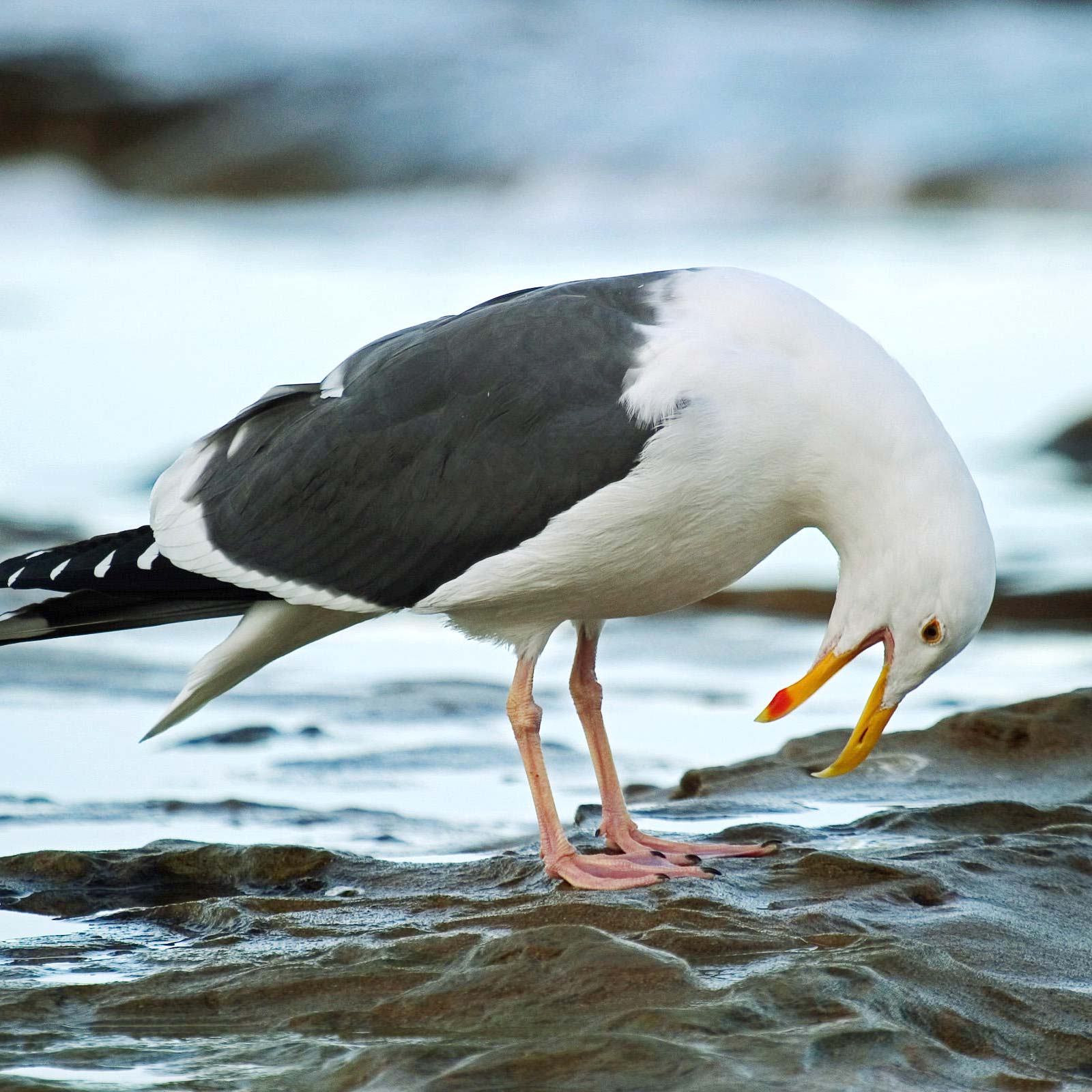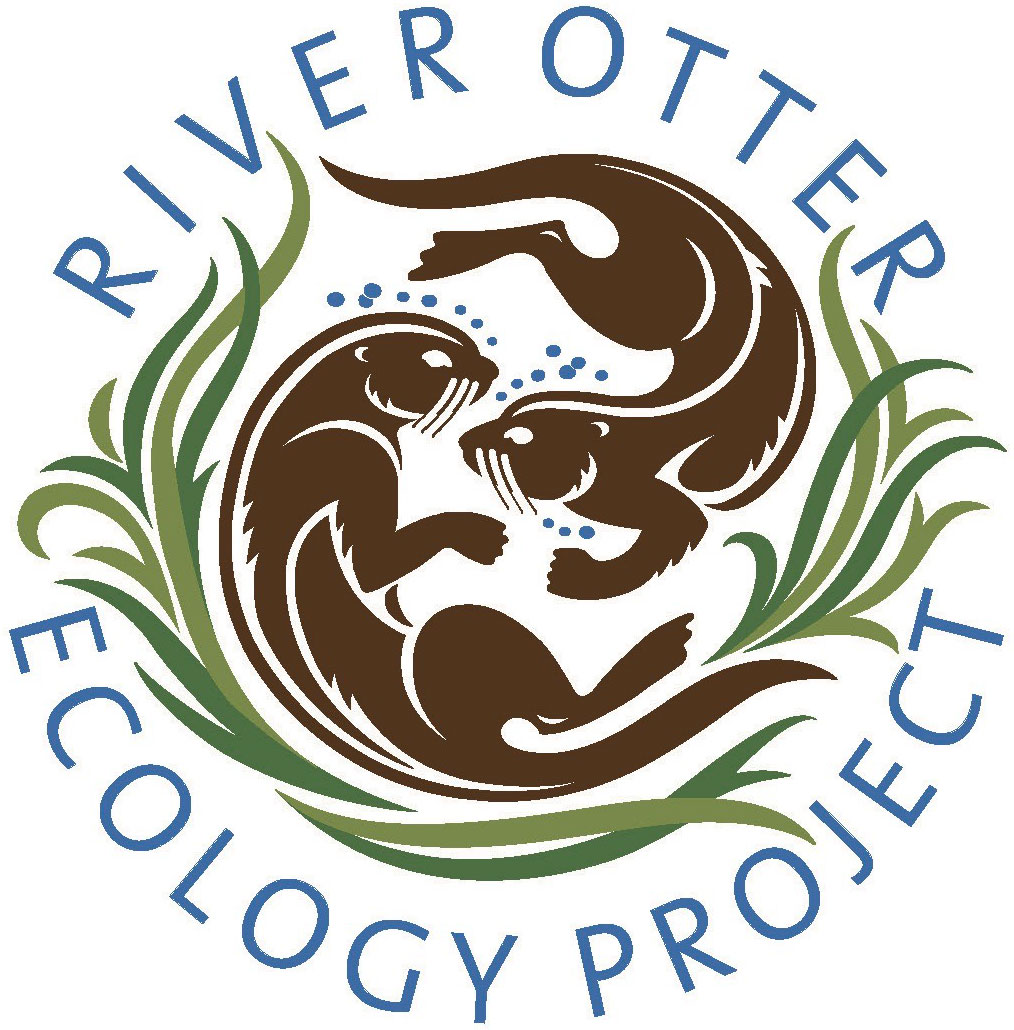Western Gull

Western gulls are one of a dozen species of gulls that breed in the San Francisco Bay Area. Western gulls have managed to adapt very well to living in urban environments. These birds owe much of their success to the fact that there’s little they won’t consider eating. Some eat brine shrimp, grasshoppers, seal afterbirths, fish, squid, carrion, small mammals, and the eggs and chicks of other seabirds–even those of their own kind. Others feed at landfills, exploiting the waste we generate.
Western gulls breed in large colonies, the largest containing 35,000 birds on the Farallon Islands off of San Francisco. By producing embryos and chicks that are specially adapted to withstanding temperatures of up to 114 degrees, Western gulls breed farther south than most other gulls.
Take a good look at the face of a western gull and you will see a small, bright red dot on its beak. Chicks are born instinctually knowing to peck at this spot when hungry, which stimulates the parent to regurgitate food for them. This instinct is so strong in chicks that they will peck at rocks or sticks with dots that look similar to the “pecking spot”.
The River Otter Ecology Project is a registered 501 (c)(3) EIN #45-4997526 non-profit organization dedicated to the welfare of river otters and our watershed. We receive no government funding, and depend solely on financial support from our friends. Our organization is not affiliated with any other otter-related research group or community outreach organization.
© 2018 River Otter Ecology Project
Contact
River Otter Ecology Project
PO Box 103
Forest Knolls, CA 94933
General email
